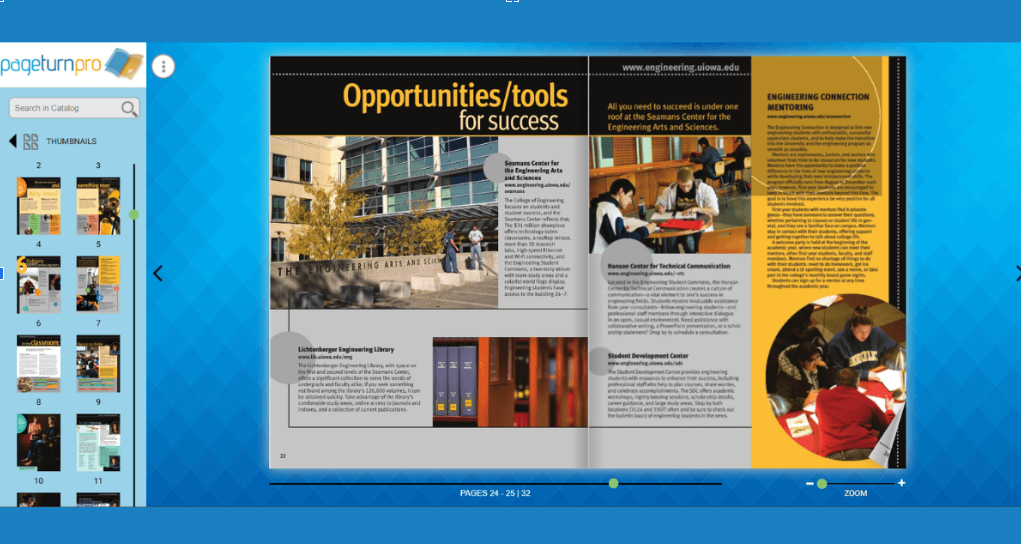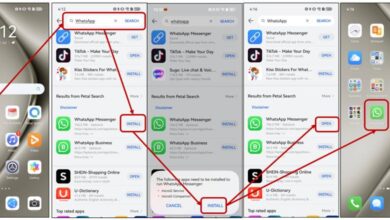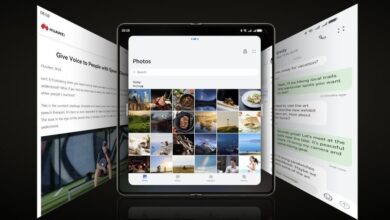How digital flipbook software revolutionizes content presentation

Static content is old news. With the advancement of digital flipbook software, individuals and organizations now have at their disposal a tool that renders classic material into active, interactive content. You might be a marketer seeking to stand out in an overcrowded digital environment, an educator seeking to interactively learning materials, or a business owner looking to enhance the presentation of your brand; digital or online flipbook software presents a groundbreaking solution.
Table of Contents
Why Digital Flipbook Software is a Game-Changer
It can transform static PDFs, Word documents, or other flat files into interactive, digital experiences that mimic flipping through actual pages. But why is this technology revolutionary? The short answer is that it changes the way we display and consume content in a manner that makes sense for today’s reader expectations. Here, we explain the main advantages of utilizing digital or online flipbook software.
1. Improved User Engagement
Interactive elements lie at the center of digital flipbook software. Rather than scrolling horizontally through bland blocks of text, the reader can turn pages exactly as if it were a physical book. The pure, yet powerful, interaction provides for an immersive and touchable reading experience.
Multimedia Integration: Online flipbooks enable you to insert videos, audio files, animations, and hyperlinks into your content directly. This multimedia integration captures people’s attention and holds readers for more extended periods of time. For example, a clothing company can insert style tutorial videos into their online catalogs directly.
Clickable CTAs (Call-to-Actions): It is possible for companies to include clickable links to product pages, lead forms, or other CTAs so that it’s simple for readers to act when they’re consuming your content.
2. Enhanced Accessibility
Modern customers are always in motion and like content that can be accessed anywhere. Digital flipbooks offer an answer that’s mobile-friendly and simple to share.
Mobile Responsiveness: Flipbooks are engineered to work well on any device, such as desktops, tablets, and smartphones. Whether your readers consume your content on a vertical phone screen or horizontal laptop screen, digital flipbooks easily adjust.
Online and Offline Availability: Digital flipbook platforms, most of which provide offline capability, enable readers to download content and read it at their convenience without the need for the internet.
3. Brand Customization
An impressive presentation enhances brand image, and online flipbook creators make it easy. Most platforms provide in-depth customization options to fit your brand visual identity.
Customizable Templates: Select various pre-made templates or design your own personalized layouts.
Branding and Personalization: Add your company logo, color scheme, and fonts to provide brand continuity to your materials.
Cover-to-Cover Gorgeous Design: With page-turn effects, background designs, and inline content under your control, your content can be both just as much fun to look at as it is to read.
4. Analytics and Performance Insights
One of the biggest benefits of digital flipbooks over other content types is the capacity for measurement of performance. No more wondering if anyone actually read your whitepapers or corporate brochures.
Reader Behavior Tracking: Through analytics capabilities integrated into most flipbook platforms, you can monitor how long users spend on every page, what parts of the content they engage with, and where they disengage.
Data-Driven Improvements: Utilize data to optimize your content. For instance, if readers continually bypass specific pages, it might mean that you need to simplify those areas.
5. Cost-Effective and Eco-Friendly
If you’re fed up with printing multiple marketing brochures or product guides, digital flipbooks are a more sustainable option.
Save on Printing Expenses: Eliminate massive costs for paper, ink, and transportation. All it takes is an investment in flipbook software.
Green Solution: Saving paper by using digital instead shows your brand upholding eco-friendly values that appeal to consumers today.
6. Increases Content Flexibility
Yet another highlight of digital flipbooks is that they are highly versatile. They can be utilized across numerous industries and types of content.
Marketing Materials: Brochures, catalogs, and marketing materials spring into life with interactive, click-aspect elements that lead users to your goods or services.
Education and Training: Textbooks, manuals, and learning materials can have quizzes or video tutorials embedded in them that suit diverse learning styles.
Internal Communications: Swap long emails or dull reports with motivational flipbooks to make employee outreach more effective.
7. Simple Sharing Across Platforms
It has never been easier to reach your target market. Online flipbooks are easy to share, and thus perfect for distributing content.
Social Media Sharing: One-click sharing capabilities on most platforms help distribute your content across social media such as Facebook, LinkedIn, and Twitter.
Embedded Widgets: Embed your flipbooks on your website or blog via embed codes, enhancing visibility and accessibility.
See also: Building Better Communities: Innovative Strategies for Modern HOA Management
Conclusion
Presentation does matter! Digital flipbook software is a huge step up from old, flat mediums. By crafting engaging, mobile-optimized, and actionable content, you engage your audience on a deeper level and get more return on your investment.
If you are searching for means to improve your content presentation and increase engagement, the time to consider digital flipbooks is now. Begin modestly, test available features, and see how your audience reacts to the refined, interactive experience you offer.Recommended applications include Enhanc digital flipbook software and PageTurnPro digital flipbook software.



